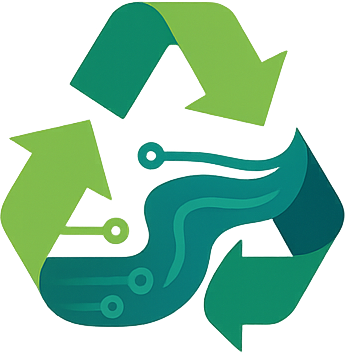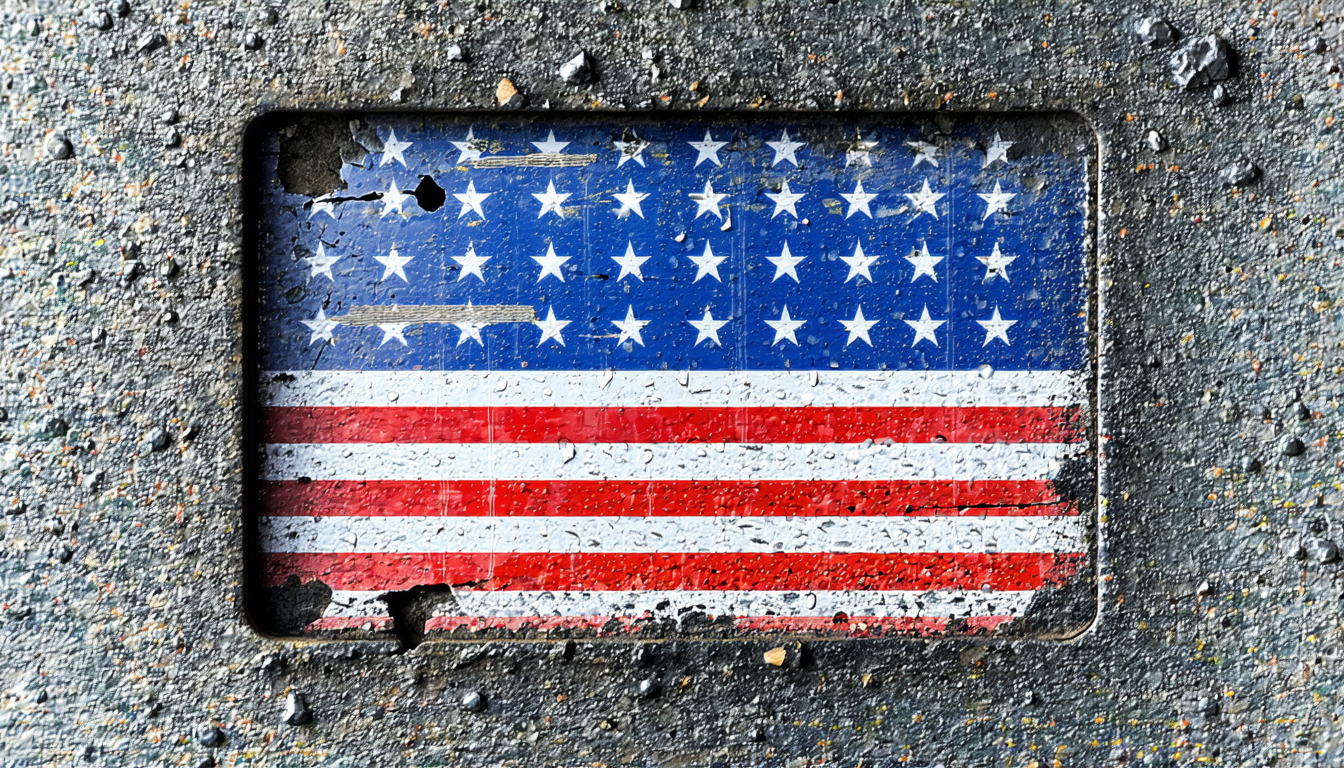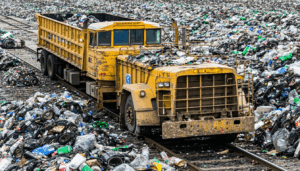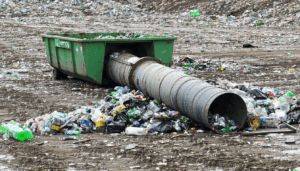In the United States, the management of hazardous waste remains a critical environmental and public health concern. With industries producing millions of tons of toxic materials annually, the demand for effective hazardous waste disposal services has never been higher. This article explores recent developments in the sector, including innovative technologies, regulatory updates, and their impact on businesses and communities. From stricter compliance measures to groundbreaking recycling methods, these advancements signal a transformative era for waste management. Stay tuned as we delve into the latest news shaping this vital industry.
The Growing Need for Hazardous Waste Disposal Services
The U.S. generates over 30 million tons of hazardous waste each year, according to the Environmental Protection Agency (EPA). This includes chemicals, solvents, and industrial byproducts that pose significant risks to human health and the environment if not handled properly. Hazardous waste disposal services play a pivotal role in ensuring safe treatment, storage, and disposal of these materials.
Industries such as manufacturing, healthcare, and energy are primary contributors to this waste stream. As production scales up, so does the urgency for reliable disposal solutions. Without proper management, contaminants can seep into soil and water, causing long-term ecological damage.
Regulatory Updates Driving Change
In 2023, the EPA introduced stricter guidelines under the Resource Conservation and Recovery Act (RCRA) to enhance oversight of hazardous waste management. These updates mandate more frequent inspections and require companies to adopt advanced tracking systems for waste shipments. The goal is to prevent illegal dumping and ensure accountability across the supply chain.
According to Dr. Emily Harper, an environmental policy expert at GreenTech Solutions, “These regulations are a game-changer for hazardous waste disposal services. They push companies to prioritize transparency and invest in safer technologies.” Businesses now face higher penalties for non-compliance, prompting many to partner with certified disposal providers.
Innovative Technologies Transforming Disposal
The hazardous waste sector is witnessing a technological revolution. New methods like plasma arc gasification and chemical neutralization are reducing the volume of waste sent to landfills. These processes convert toxic materials into reusable byproducts or inert substances, minimizing environmental impact.
For instance, a recent pilot program in California successfully treated over 10,000 tons of industrial waste using thermal destruction technology. Such innovations not only improve safety but also lower costs for companies in the long run. As these solutions gain traction, they could redefine industry standards nationwide.
Impact on Stakeholders and Communities
The advancements in hazardous waste disposal services have far-reaching effects on various stakeholders. For businesses, compliance with new regulations and adoption of cutting-edge technologies can be costly but necessary to avoid fines and reputational damage. Small enterprises, in particular, may struggle with the financial burden of upgrading their systems.
Communities near industrial zones benefit from safer disposal practices, as reduced pollution leads to cleaner air and water. However, some advocacy groups argue that enforcement remains inconsistent in rural areas, where oversight is often limited. Balancing economic growth with environmental protection continues to be a challenge.
Future Outlook for Waste Management
Looking ahead, experts predict that digital tools like blockchain will play a larger role in tracking hazardous waste from origin to final disposal. This could further enhance transparency and prevent mismanagement. Additionally, federal funding for research into sustainable disposal methods is expected to increase in 2024, fostering innovation.
The debate over responsibility—whether it lies with producers or disposal services—remains unresolved. Both sides present valid arguments: producers advocate for shared accountability, while service providers emphasize the need for stricter upstream controls. A collaborative approach may be the key to long-term success.
In conclusion, hazardous waste disposal services in the U.S. are at a turning point, driven by regulatory reforms and technological breakthroughs. These changes promise safer environments and more efficient systems, though challenges like cost and enforcement persist. As the industry evolves, stakeholders must work together to ensure that progress benefits both people and the planet.
Frequently Asked Questions (FAQ)
1. What are hazardous waste disposal services?
These services involve the collection, treatment, storage, and disposal of toxic materials that pose risks to health and the environment. They ensure compliance with federal and state regulations.
2. Why are new regulations important for hazardous waste management?
Updated rules, such as those from the EPA, aim to prevent illegal dumping, improve safety standards, and hold companies accountable for proper waste handling.
3. How do innovations impact hazardous waste disposal?
Technologies like plasma arc gasification reduce landfill use by transforming waste into harmless or reusable materials, cutting costs and environmental harm.
4. Who is affected by changes in this industry?
Businesses, communities near industrial sites, regulatory bodies, and disposal service providers are all impacted by evolving standards and practices.
5. What can businesses do to comply with regulations?
Companies should partner with certified hazardous waste disposal services, invest in training, and adopt tracking systems to meet EPA guidelines effectively.





